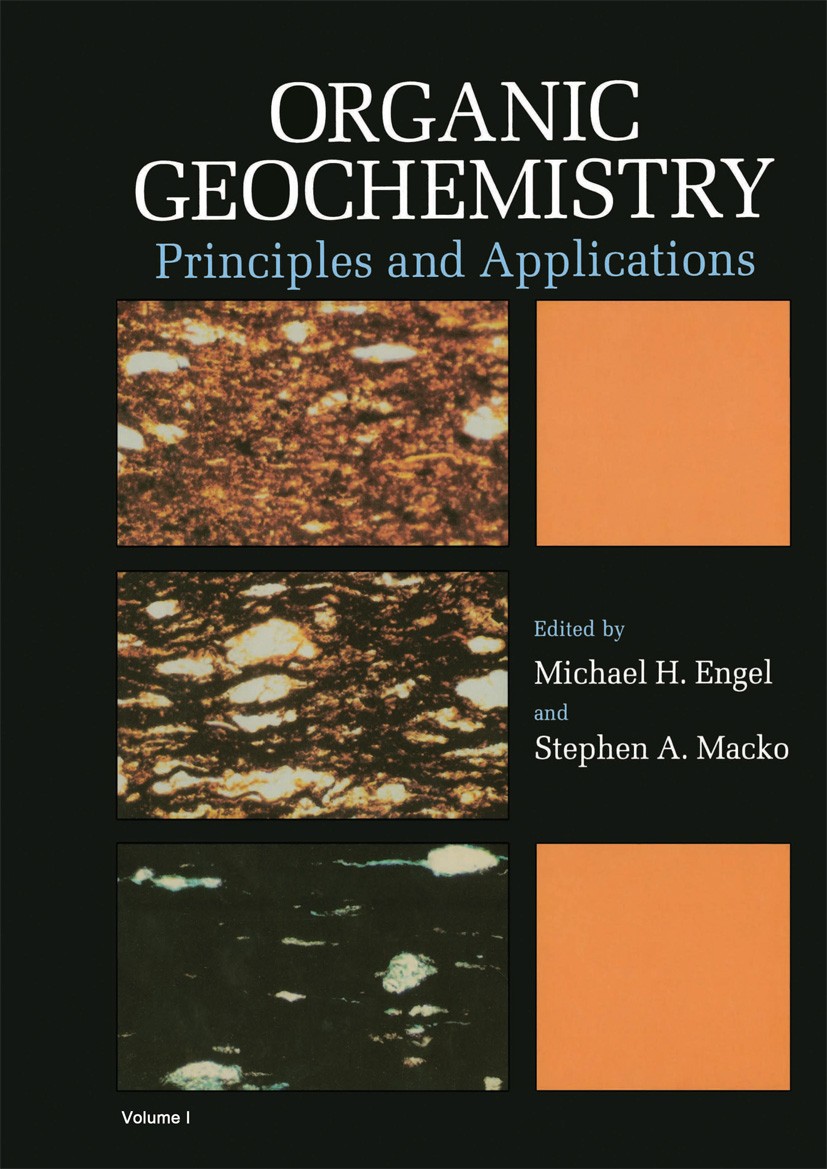Structural properties of organic matter in marine-continental transitional shales and impacts on methane accumulation
IF 2.5
3区 地球科学
Q2 GEOCHEMISTRY & GEOPHYSICS
引用次数: 0
Abstract
The chemical structure characteristics of organic matter (OM) in marine-continental transitional (MCT) shales and the controls on shale gas accumulation were revealed through analysis of Raman spectroscopy, infrared spectroscopy, X-ray diffraction (XRD), transmission electron microscopy (TEM), and CO2 adsorption tests on the Lower Permian Shan-2 shale OM samples from the eastern margin of the Ordos Basin. Organic matter in the high-mature shale is enriched in aromatic groups, with a noticeable condensation and polymerization of the chemical structure after ∼3.0 %Rmc (Raman-based Ro). As %Rmc increases from 2.30 to 3.42, the position of the (002) peak from the stacking of aromatic layers increases from 25.15° to 25.88° in XRD spectra, the spacing between aromatic layers (d002) decreases from 0.3540 nm to 0.3444 nm, the calculated graphitization degree (level of OM transforming into graphite) gradually increases, and the carbon layers in the OM evolve from a chaotic shape to a better-oriented state in TEM images, directly indicating an elevated graphitized level. Release of heteroatoms from OM results in reduced average lateral size (La) and stacking height (Lc) of the aromatic layer, reaching minimum values at ∼3.0 to 3.2 %Rmc. The stacking of aromatic layers forms some organic micropores, as evidenced by similar micropore size distribution between OM and bulk shale samples, possibly favoring methane accumulation. These findings provide new insights into the factors that affect the gas accumulation characteristics in MCT shales.
海陆过渡页岩有机质结构特征及其对甲烷聚集的影响
通过对鄂尔多斯盆地东缘下二叠统山2页岩有机质样品的拉曼光谱、红外光谱、x射线衍射(XRD)、透射电镜(TEM)和CO2吸附测试等分析,揭示了海陆过渡(MCT)页岩有机质的化学结构特征和页岩气成藏的控制因素。高成熟页岩有机质富含芳香基团,在~ 3.0% Rmc (raman -基Ro)后,化学结构发生了明显的缩聚和聚合。当%Rmc从2.30增加到3.42时,(002)峰在芳层堆积处的位置在XRD光谱中从25.15°增加到25.88°,芳层间距(d002)从0.3540 nm减小到0.3444 nm,计算出的石墨化程度(OM向石墨的转变程度)逐渐增加,OM中的碳层在TEM图像中从混沌形态演变为取向更好的状态,直接表明石墨化程度的提高。从OM中释放杂原子导致芳香层的平均横向尺寸(La)和堆积高度(Lc)降低,在~ 3.0 ~ 3.2% Rmc时达到最小值。芳烃层的堆积形成了一定的有机微孔,有机质与大块页岩样品的微孔大小分布相似,可能有利于甲烷的聚集。这些发现为研究影响MCT页岩天然气成藏特征的因素提供了新的思路。
本文章由计算机程序翻译,如有差异,请以英文原文为准。
求助全文
约1分钟内获得全文
求助全文
来源期刊

Organic Geochemistry
地学-地球化学与地球物理
CiteScore
5.50
自引率
6.70%
发文量
100
审稿时长
61 days
期刊介绍:
Organic Geochemistry serves as the only dedicated medium for the publication of peer-reviewed research on all phases of geochemistry in which organic compounds play a major role. The Editors welcome contributions covering a wide spectrum of subjects in the geosciences broadly based on organic chemistry (including molecular and isotopic geochemistry), and involving geology, biogeochemistry, environmental geochemistry, chemical oceanography and hydrology.
The scope of the journal includes research involving petroleum (including natural gas), coal, organic matter in the aqueous environment and recent sediments, organic-rich rocks and soils and the role of organics in the geochemical cycling of the elements.
Sedimentological, paleontological and organic petrographic studies will also be considered for publication, provided that they are geochemically oriented. Papers cover the full range of research activities in organic geochemistry, and include comprehensive review articles, technical communications, discussion/reply correspondence and short technical notes. Peer-reviews organised through three Chief Editors and a staff of Associate Editors, are conducted by well known, respected scientists from academia, government and industry. The journal also publishes reviews of books, announcements of important conferences and meetings and other matters of direct interest to the organic geochemical community.
 求助内容:
求助内容: 应助结果提醒方式:
应助结果提醒方式:


